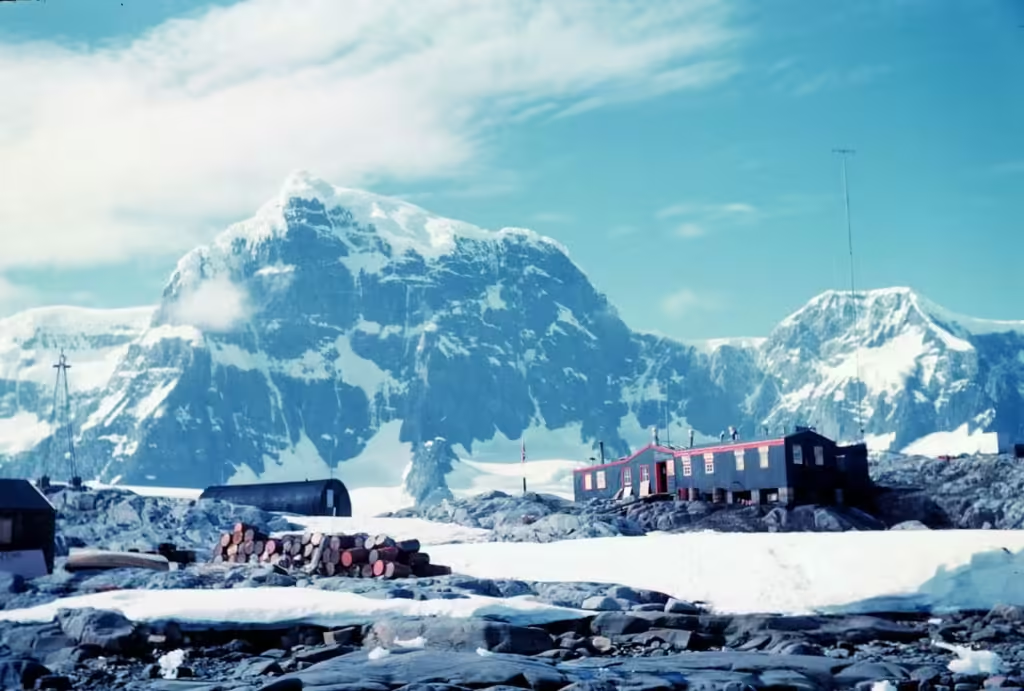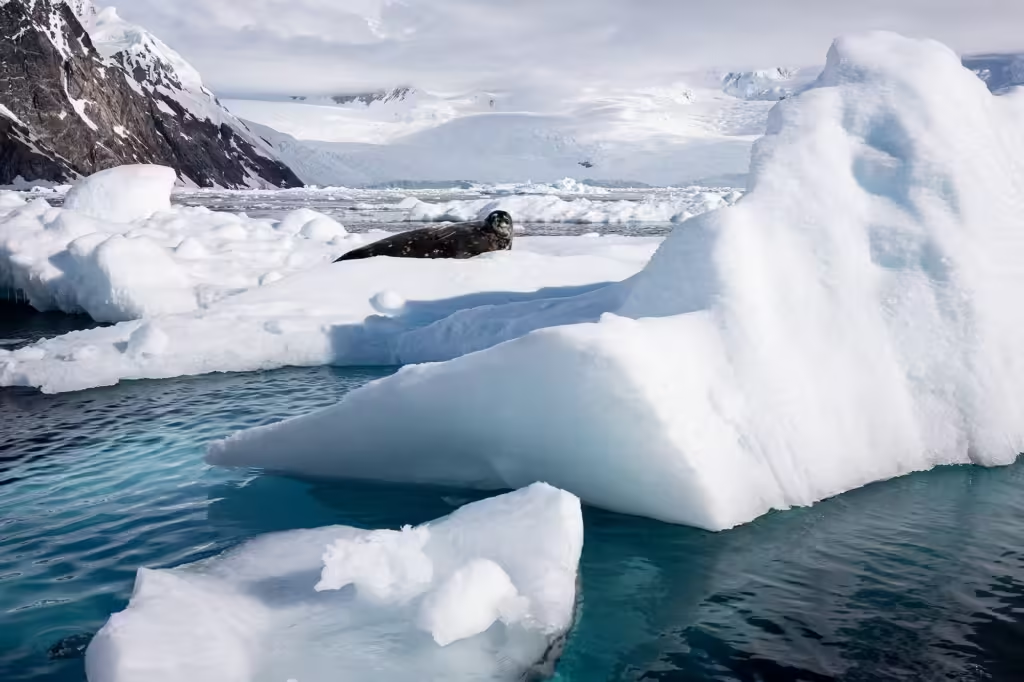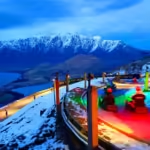The Antarctic Peninsula is an incredible destination that attracts adventurers from around the world. Its stunning scenery and unique wildlife make it a must-see for anyone who loves nature.
Location and History
The Antarctic Peninsula is the northernmost part of Antarctica, stretching toward South America. It is about 1,300 kilometres long and features many islands and fjords. This area has been explored since the early 1900s, with the first recorded landing by a Norwegian whaling crew in 1895. Since then, it has become a hub for international research.
Climate
The climate in the Antarctic Peninsula changes with the seasons. Summers, from November to March, are relatively mild, with temperatures between -2°C and 8°C (28°F to 46°F). Winters are much colder. Summer is the best time to visit, as the weather is more suitable for exploration and wildlife viewing.
Traveling to and Around the Antarctic Peninsula
Most travellers begin their journey in Ushuaia, Argentina. From there, many choose to take a cruise ship to the peninsula. Some trips also offer fly-cruise options to avoid the rough Drake Passage. Once you arrive, you can explore by zodiac boats, guided hikes, or even kayaking.
Must-Visit Tourist Attractions

- Paradise Bay
This bay is famous for its beautiful scenery, featuring stunning glaciers and icebergs. You can often see seals and penguins here.

- Deception Island
A volcanic caldera with unique landscapes, Deception Island has remnants of old whaling stations and hot springs for visitors to enjoy.

- Lemaire Channel
Known as the “Kodak Gap,” this narrow strait is celebrated for its breath-taking mountain views, perfect for photography.

- Port Lockroy
Once a British research station, Port Lockroy is now a museum. Visitors can learn about its history and send postcards from the southernmost post office.

- Neko Harbor
This beautiful spot is great for watching whales and penguins. It also offers hiking opportunities with stunning mountain backdrops.
International Association of Antarctica Tour Operators
Cuisine and Culture
The food in the Antarctic Peninsula is influenced by the research stations and cruise ships. Fresh seafood, like fish and crab, is a highlight. In Ushuaia, local dishes include hearty stews and grilled meats.
Culturally, the Antarctic Peninsula is unique. The presence of international research teams creates a rich mix of traditions. Visitors often meet scientists and learn about their work to protect this pristine environment.
Conclusion: Why Visit the Antarctic Peninsula
Visiting the Antarctic Peninsula is a chance to experience one of the last great wildernesses on Earth. The stunning landscapes, diverse wildlife, and rich history make for an unforgettable adventure. Whether you’re cruising through icy waters or hiking on glaciers, every moment is a treasure. This incredible destination calls to those seeking beauty and excitement in nature.



